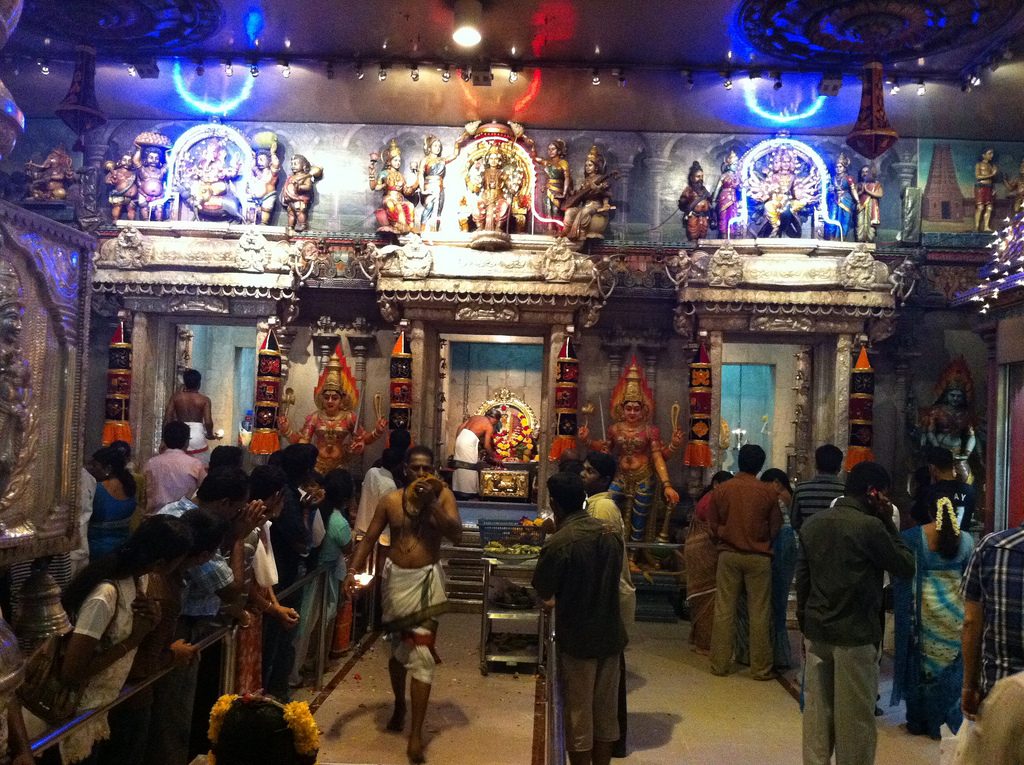
Why does the Gospel of Mark occasionally portray Jesus saying something in a language other than the Greek in which it is written? I suggest here that there may be a very good literary-theological explanation. While I disagree with Dr Maurice Casey’s explanation, I am indebted to his discussion for drawing the question to my attention.
The passages in the Gospel of Mark, understood by probably most scholars to be the earliest of the canonical gospels, are usually transliterated in the English Bibles along with the author’s translation:
And he took the damsel by the hand, and said unto her, Talitha cumi; which is, being interpreted, Damsel, I say unto thee, arise. (Mark 5:41)
Then, looking up to heaven, he sighed, and said to him, “Ephphatha,” that is, “Be opened.” (Mark 7:34)
And he said, “Abba, Father, all things are possible for you. Take this cup away from me . . . (Mark 14:36)
And at the ninth hour Jesus cried with a loud voice, saying, Eloi, Eloi, lama sabachthani? which is, being interpreted, My God, my God, why hast thou forsaken me? (Mark 15:34)
According to Dr Maurice Casey, author of Aramaic Sources of Mark’s Gospel, the Gospel of Mark attributes the first and last of the above Aramaic sayings to Jesus because these were the literal words he historically used. Continue reading “Art and Aramaic in the Gospel of Mark”

